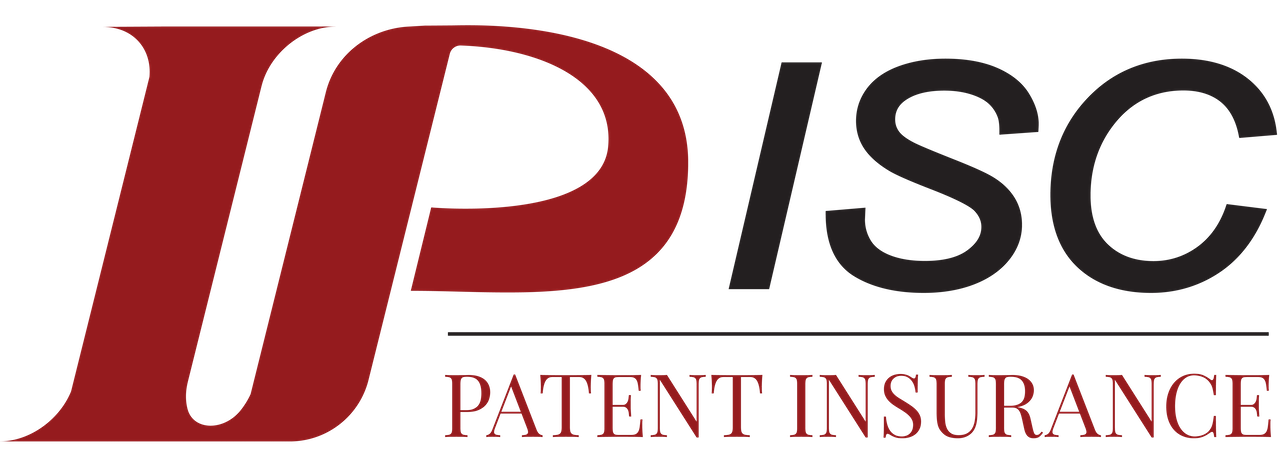Product Overview
This policy reimburses the litigation expenses and/or damages, made against your company, which arise from a lawsuit which alleges an Unauthorized or Unintentional Disclosure of a third party’s Confidential Information by the Named Insured (typically your company); or, which alleges an Unauthorized Disclosure by an employee or person under your direct control or by one of your former employees on whose behalf of the Named Insured is responding pursuant to a written or legally imposed obligation to do so.
There is a ninety (90) Day Exclusionary Period under the UDCI policy. Any lawsuits (or threats of lawsuits?) brought during the initial 90 days of the policy are excluded from coverage. The 90 days are not lost; they are added to the end of the last UDCI policy held by the Insured.
Pre-existing threats alleging Unauthorized Disclosure, or, where the Named Insured has knowledge prior to the effective date of the policy of any activities which are or could be the basis for alleging Unauthorized Disclosure, would not be covered.

EXAMPLE
In 1999 Sears, Roebuck signed an NDA with a small tooling company, RRK Holding. RRK had a new type of spiral saw that it wanted to manufacture for Sears to sell. Negotiations broke down, though RRK continued development on its own, introducing into the markets a spiral saw with improved performance in 2001. Within two weeks, Sears starts selling the same spiral saw under its Craftsman brand, which RRK claimed was only possible with the confidential information it supplied to Sears. A federal court agreed, and in 2008 awarded RRK damages in the amount of $25 million.
EXAMPLE
In October 2014, a federal court in Lousiana approve a $32.5 million class-action settlement. It arises from a lawsuit filed in 1997, alleging that Tenet Healthcare improperly discarded boxes of confidential medical records in 1996, leaving them in a parking lot of one of Tenet’s hospitals (which had just closed down operations). Anyone strolling through the parking lot could view these confidential medical records.
Features & Benefits

Allegations of Unauthorized Disclosure which is not a Willful Disclosure by an Employee, or an Associated Third Party including former employees, subcontractors, other entities indemnified by the Named Insured or are under control of the Named Insured, then the Policy acts as pure insurance.

If an Employee is found or discovered to have committed a Willful Disclosure and the Disclosure took place more than three (3) years from the effective date of hiring, or the Civil Proceeding began less than one (1) year after the Disclosure, then the Policy acts as pure insurance.

If an Employee is found or discovered to have committed a Willful Disclosure and the Disclosure took place less than 3 years from the effective date of hiring, or the Civil Proceeding began less than 1 year after the Disclosure, then the Policy acts as a bond and must be repaid by the Named Insured within 1 year of the end of the Civil Proceeding.
Claim Information
Under the Unauthorized Disclosure Policy the Insured may invoke the policy by 1) notifying the Company of the Unauthorized Disclosure and other relevant facts by completing a claim form provided by the Claims department; and 2) providing the Company with a favorable opinion letter from independent IP counsel rendering a favorable opinion concerning the likelihood of successfully defending the action for Unauthorized Disclosure.
Upon compliance with the policy terms, the Company will then authorize the suit and the policy will begin to reimburse the Insured for the Litigation Expenses.
The Policy Holder controls the lawsuit; however, the Company may suggest reliable and preferred counsel to the Insured but the Insured ultimately chooses. Counsel must adhere to litigation and billing guidelines set forth by the Company to ensure the full value of the policy. The Insured dictates the settlement terms, if any.

